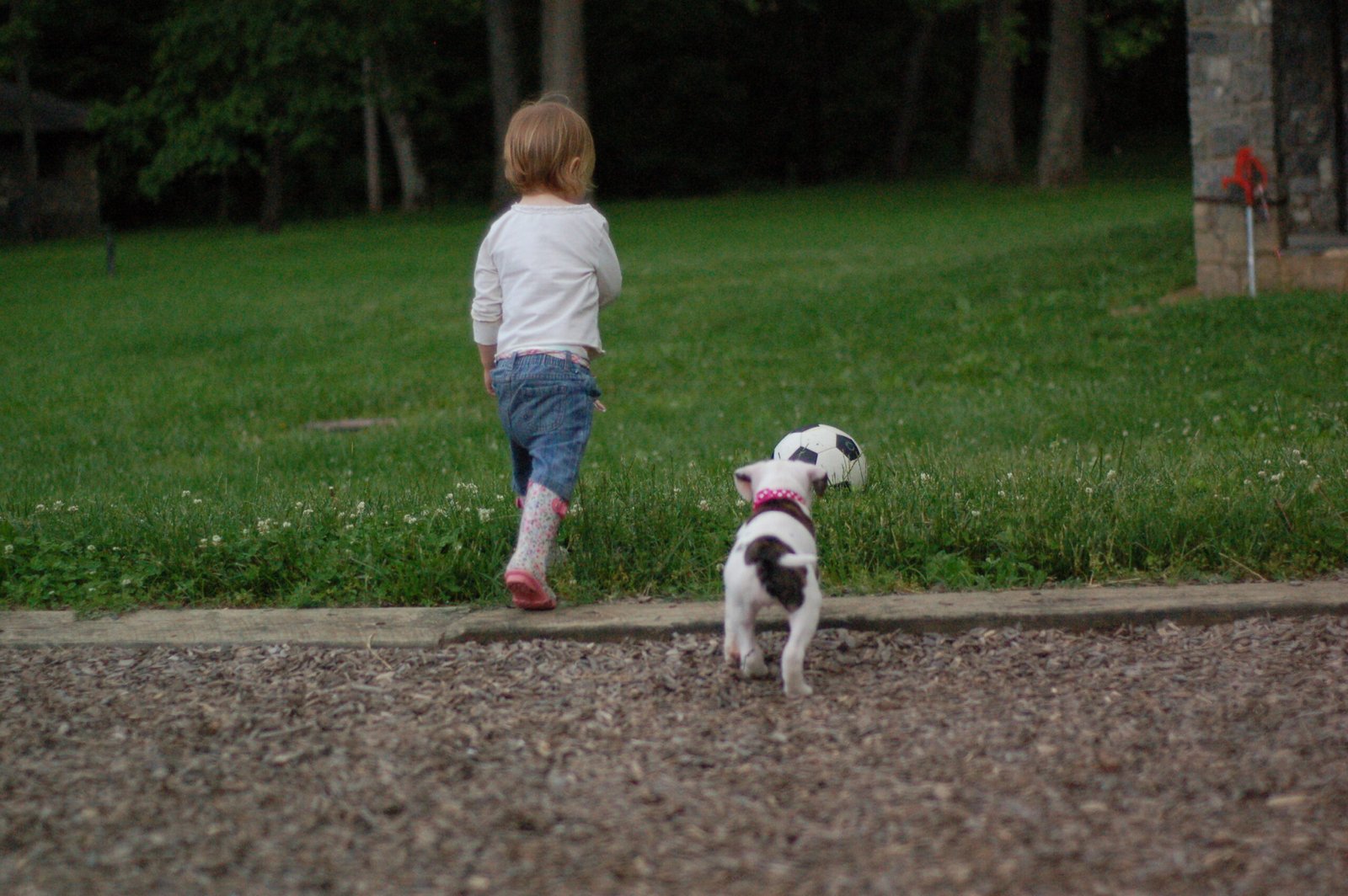Have you ever reached for your dog, only to have them turn away or slink out of reach? It’s a heart-sinking moment for any dog lover. You want to shower them with love, but sometimes it feels like they’re not interested—or worse, that you’re doing something wrong. If you’ve ever wondered why your dog isn’t the cuddle bug you hoped for, you’re not alone. Let’s unravel this mystery together, with warmth, understanding, and a heap of practical advice for every caring owner.
Understanding the Dog’s Unique Personality
Just like people, every dog has their own personality. Some pups are social butterflies, craving belly rubs and constant attention, while others are more like introverts, savoring their personal space. Breed, upbringing, and unique life experiences all shape this temperament.
It’s important to remember that a dog’s need for affection isn’t a reflection of your bond or how much they love you. Sometimes, it’s simply who they are. Embracing their quirks and preferences is the first step to building trust and a happy relationship.
The Role of Early Socialization

A dog’s response to affection often traces back to those early weeks of life. Puppies handled gently and exposed to positive human interactions tend to be more confident and receptive as adults. On the other hand, dogs who missed out on this early socialization may find human touch overwhelming or even scary.
If your dog seems hesitant, it doesn’t mean it’s “too late.” With patience and gentle exposure, even shy or undersocialized dogs can learn to enjoy new types of affection at their own pace.
Reading Subtle Body Language

Dogs “speak” with their bodies, and sometimes their cues are so subtle we miss them. A stiff posture, averted gaze, tucked tail, or lip licking can all signal discomfort or anxiety during petting. Ignoring these signs can make a dog more wary of future affection attempts.
Learning to recognize and respect these signals helps your dog feel safe. Try pausing when you notice these cues—often, giving them a little space is all they need to relax and trust you more.
Health Issues That Impact Affection
Sudden changes in your dog’s willingness to be touched can sometimes be traced to pain or illness. Conditions like arthritis, dental problems, or skin infections can make even gentle touches uncomfortable. If your formerly cuddly pup now shies away, a checkup with your vet is always a wise move.
Even subtle health issues, like an upset tummy or mild allergies, can affect mood and sociability. Think of it like how you might not want a hug when you have a headache—dogs are no different.
Trauma and Past Negative Experiences
Dogs who have experienced neglect, abuse, or intense fear may associate human touch with danger. These pups might flinch, freeze, or hide when approached. It’s heartbreaking, but with understanding and gentle routines, their trust can be rebuilt over time.
If your dog’s past is a mystery, it’s best to move at their pace. Celebrate small wins—a brief touch, a wag, or just choosing to stay near you. Patience and consistency are your best tools.
Different Types of Affection: What Does Your Dog Prefer?
Not all dogs love big bear hugs or kisses on the nose. For some, scratches behind the ears or a calm presence nearby mean the world. Finding your pup’s favorite way to connect—maybe it’s a game of fetch or a shared walk—can transform your bond.
Observe when your dog seems happiest. Do their eyes soften when you gently stroke their chest? Do they lean into your hand or bring you a toy? These clues help you tailor your affection to what they truly enjoy.
Building Trust Through Positive Reinforcement

Positive reinforcement is magic for building confidence and trust in a hesitant dog. Reward calm behavior and gentle engagement with treats, praise, or play. Keep sessions short and sweet, ending on a high note to leave your dog eager for more.
Over time, your dog will associate your touch with good things. This gradual approach can turn even the most reserved pup into a willing, if sometimes selective, snuggler.
Prevention and Daily Habits for a Happier Connection
Start young, if you can, by gently handling puppies in a variety of ways—touching paws, ears, and tails. For adult dogs, be consistent, patient, and mindful. Create positive daily rituals, like calm petting after a walk or quiet time together in a favorite spot.
Most importantly, celebrate your dog for who they are. Cherish the unique ways they show love, even if it’s not always with cuddles. That wagging tail or gentle nudge is their special way of saying, “I trust you.”

Esther is from India; the heartbeat of South Asia, holding a Master’s degree in Zoology and a postgraduate diploma in Animal Welfare. Her enthusiasm for animal welfare drives her passion and dedication to working for animals, ensuring their well-being, and advocating for their rights. With a solid academic background and hands-on experience, she is committed to making a positive impact in the field of animal welfare. In her free time, she enjoys embroidery and sewing. As a Chennaite from Tamil Nadu, Esther loves Bharathanatyam, an Indian classical dance form.






